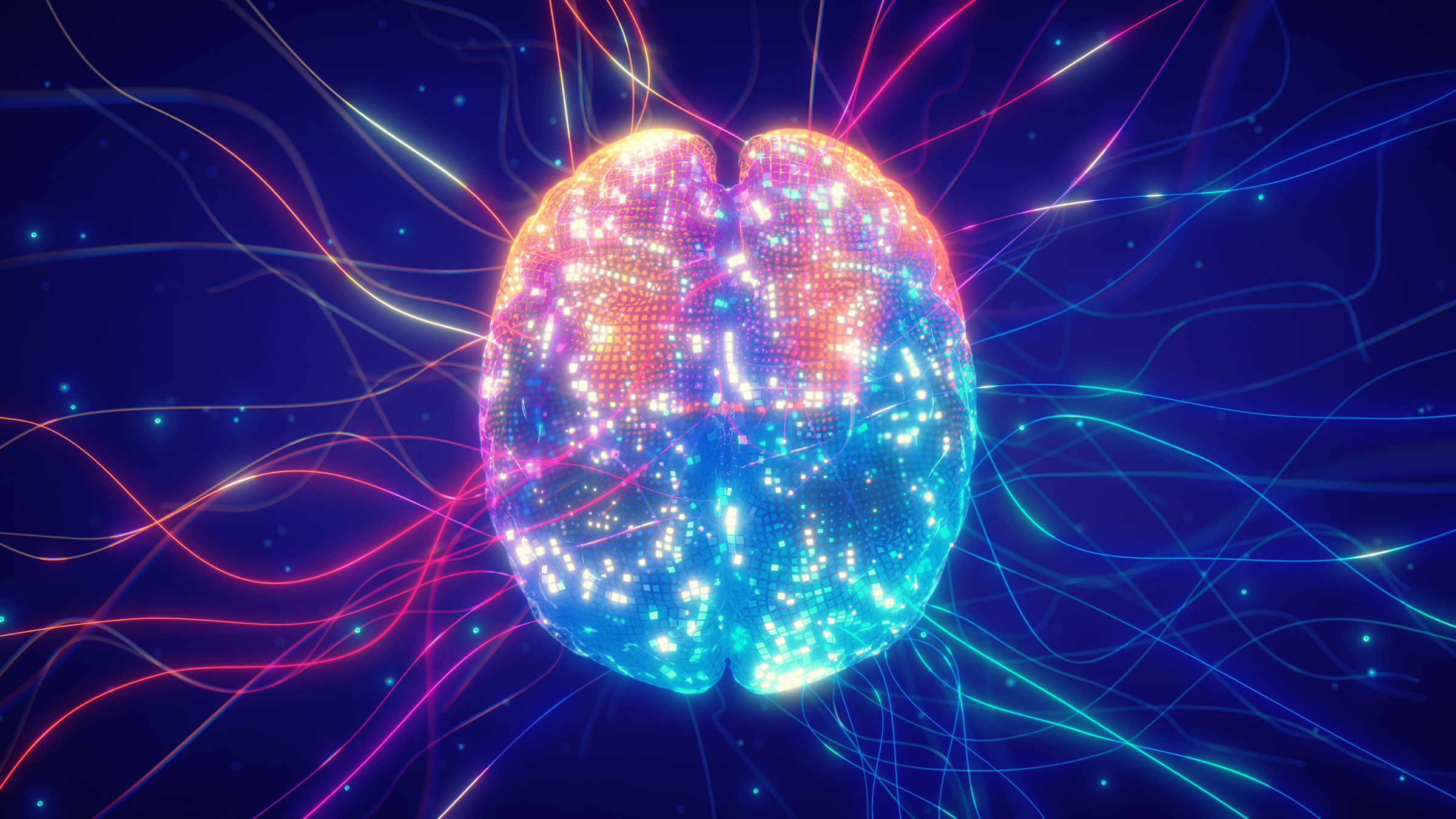A group of researchers working with the University of Wisconsin-Madison claim to have created the first 3D-printed human brain tissue that is actually functional. The group says it hopes that their research will open new doors for studying existing neurological disorders like Alzheimer’s.
The researchers published their findings in a paper featured in Cell Stem Cell, detailing how they created the 3D-printed brain tissue using horizontal layers of “bio-ink” gel.
“The tissue still has enough structure to hold together, but it is soft enough to allow the neurons to grow into each other and start talking to each other,” Su-Chun Zhang, a co-author on the new research, said in a statement about the 3D-printed brain tissue.

Because of the arrangement they used, the researchers say that the cells started forming networks similarly to how the human brain does, allowing them to communicate with each other through the neurotransmitters that they created.
What’s really intriguing is that the researchers believe this 3D-printed brain tissue actually has advantages over the “mini-brain” models that scientists already use when studying the brain. That’s because this process allows them to produce almost any type of neuron at any time. This lets them piece the entire thing together however they like.
This extra flexibility could be a game-changer for how we study the effects of neurological diseases on the human brain, including diseases like Alzheimer’s and Parkinson’s, both of which continue to ravage millions around the world. It could also help us better understand the ways that our brains work.
By being able to use 3D-printed brain tissue that we can arrange in any way we need, research into the way our brain cells communicate with each other becomes much more approachable and customizable, something that scientists have been striving to accomplish for decades.








